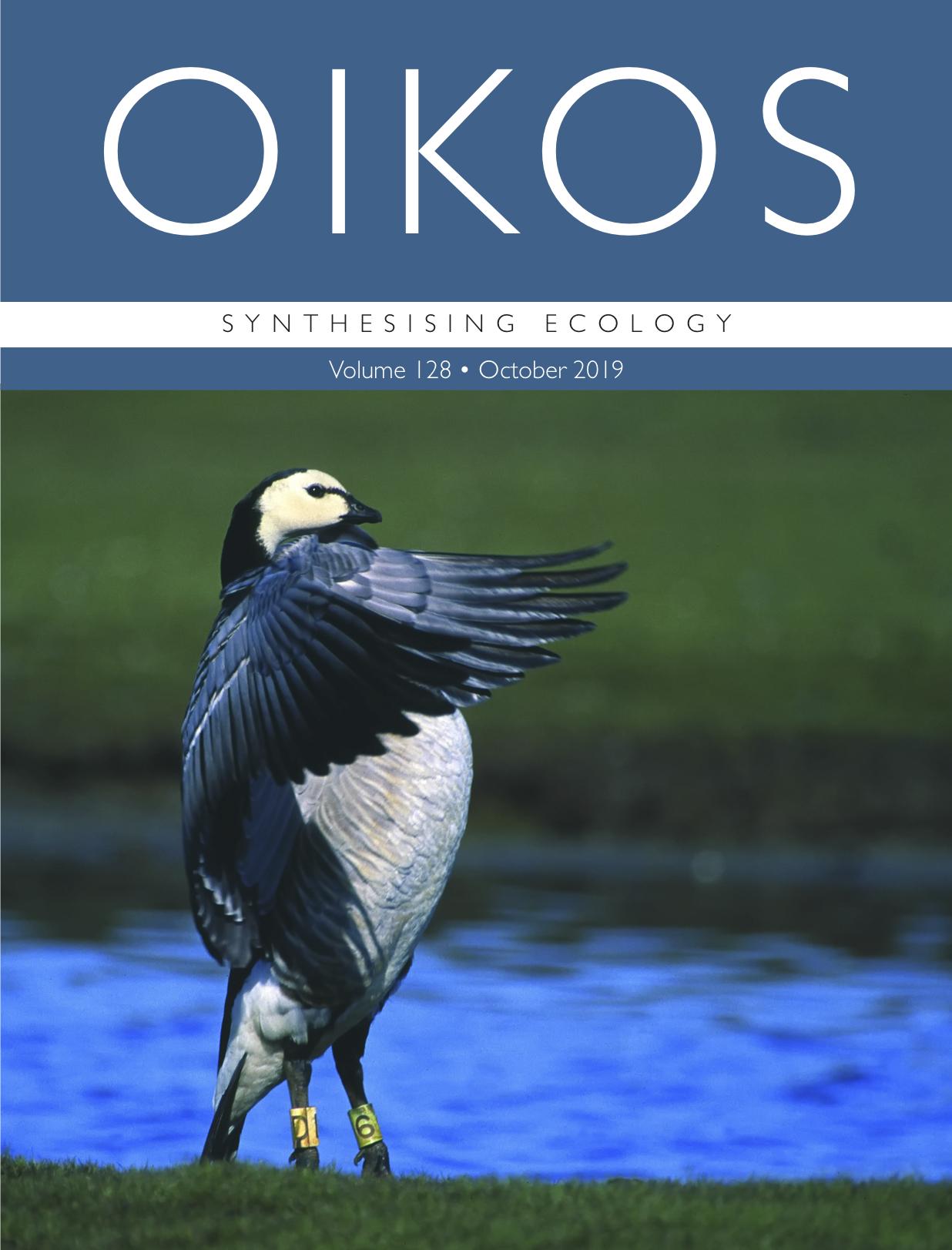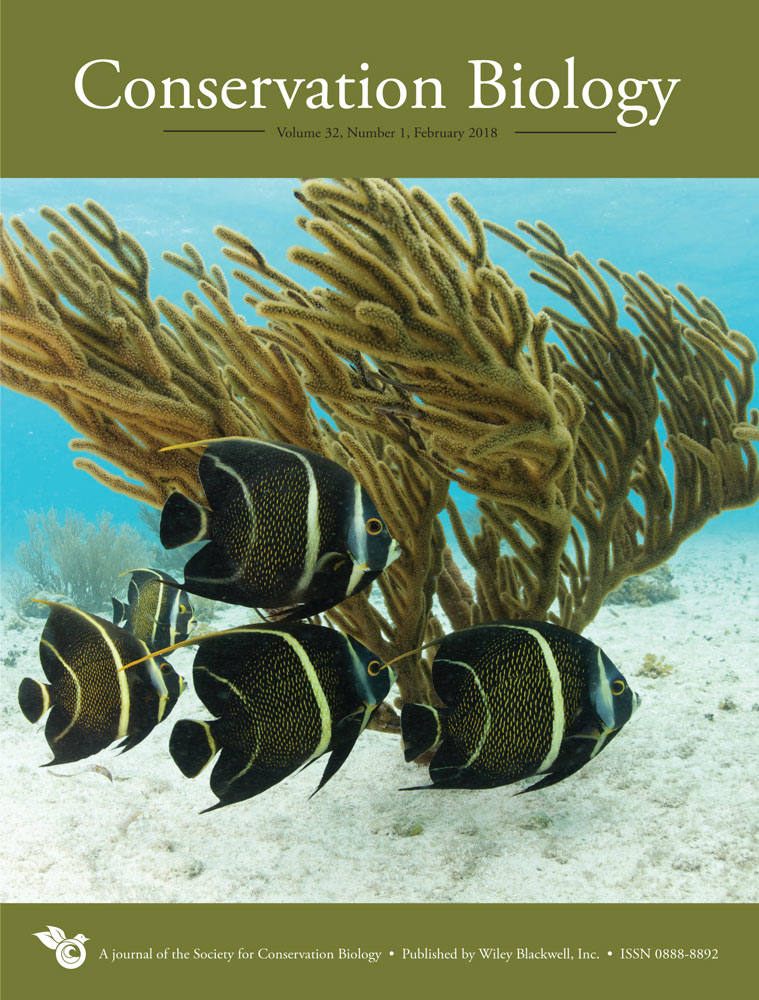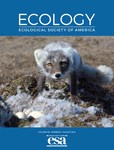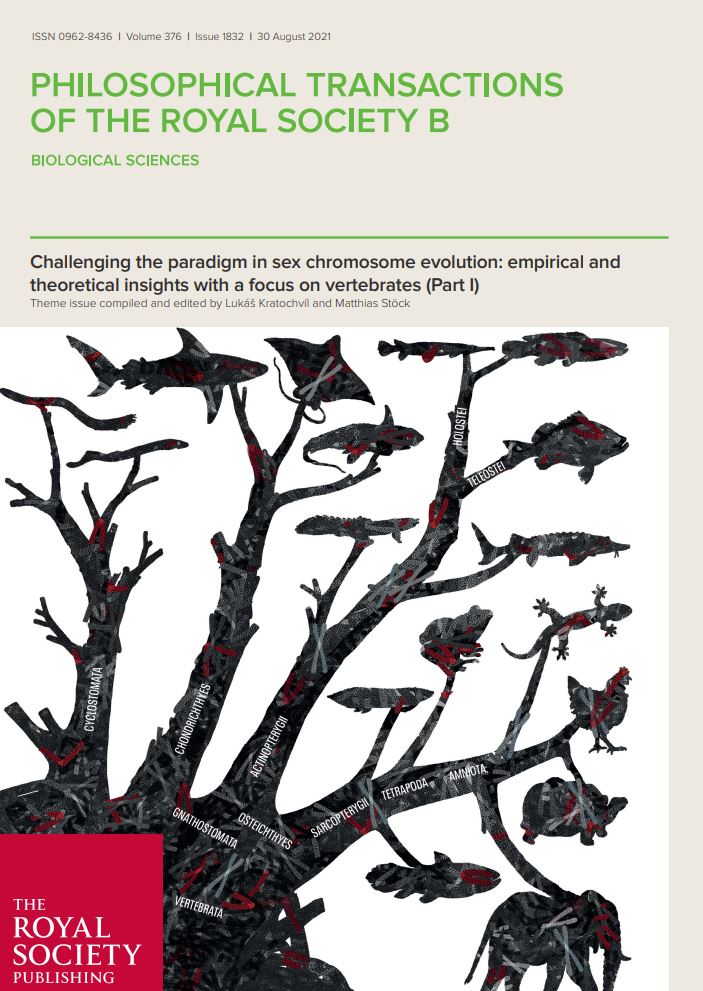- Programme area:1) Biodiversity in a Changing World
Global freshwater distribution of Telonemia protists
The shape of density dependence and the relationship between population growth, intraspecific competition and equilibrium population density
The authors focused on extensions of the logistic growth model, and how intrinsic rates of increase and equilibrium population densities are not independent, but instead are functions of the same underlying parameters. They highlight several options for modeling population growth, and provide a mechanistic understanding of how the model parameters of each model relate to one another.
Using the IUCN Environmental Impact Classification for AlienTaxa to inform decision-making
The Environmental Impact Classification for Alien Taxa (EICAT) has been adopted as an International Union for Conservation of Nature (IUCN) standard to measure the severity of environmental impacts caused by organisms living outside their native ranges. This article clarifies the underlying principles, objectives, and uses of EICAT.
Quantifying interspecific and intraspecific diversity effectson ecosystem functioning
The authors included effects of intraspecific variation to a variance partitioning method that allows quantifying effects of losses and gains of inter- and intraspecific groups to changes in ecosystem functioning. The method will also provide information on how biodiversity loss at different ecological levels changes ecosystem functioning.
A framework for untangling the consequences of artificial light at night on species interactions
By altering essential environmental cues Artificial Light at Night (ALAN) is restructuring if, how and when animals interact. In this publication the authors explored the role of ALAN on ecological interactions and reviewed research studies that addressed this issue, most of whom were just published during the last three to five years.
Flagship individuals in biodiversity conservation
This study extends the concept of flagship species to include individual organisms, who can garner public attention and attract conservation support. Flagship individuals typically share a similar suite of characteristics, including: (1) charismatic species-level traits; (2) unique or distinctive individual traits; (3) a high degree of exposure to humans; and (4) a noteworthy life history or fate.
Light pollution of freshwater ecosystems: principles, ecological impacts and remedies
Freshwater ecosystems across the world are biodiversity hotspots but also disproportionately threatened by light pollution. In this review the authors provide a synthesis of current knowledge on light characteristics and the ecological consequences of artificial light in inland waters and coupled adjacent ecosystems. The focus is on recent insights into effects and on ways to mitigate them.
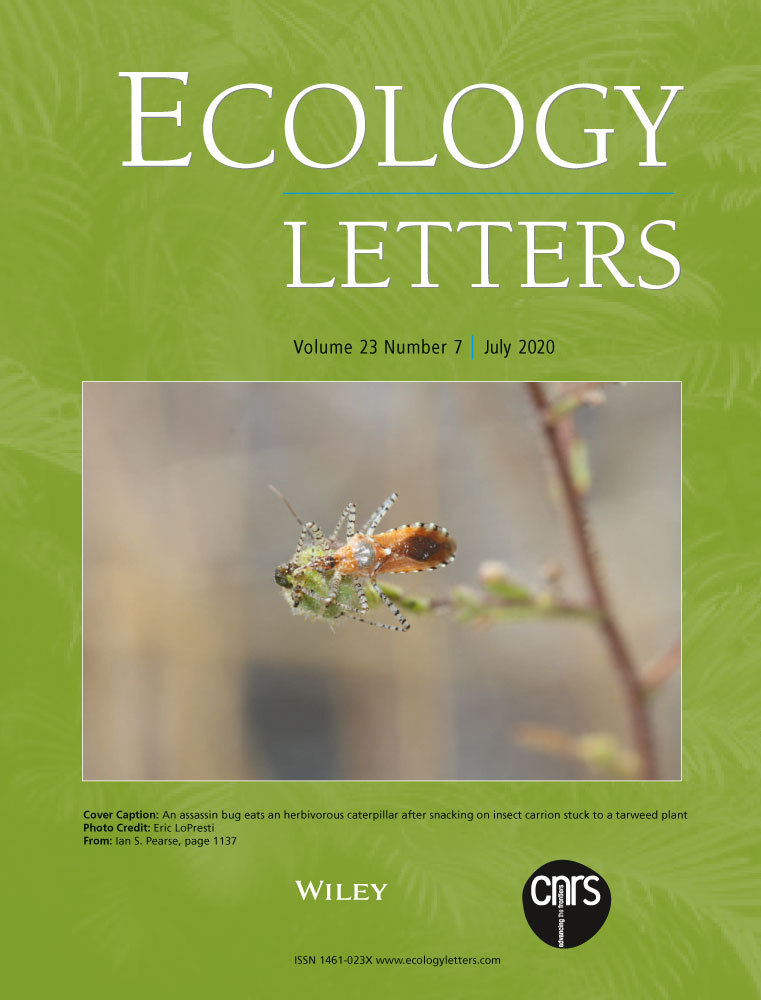
Eco-evolution from deep time to contemporary dynamics: The role of timescales and rate modulators
The authors explored the occurrence of slow eco-evolution which allows conceptualizing biological systems along a continuum of various eco-evolutionary rates and suggests that eco-evolutionary systems are dynamic concerning ecological and evolutionary speeds. They highlight how environmental change can alter the speed of eco-evolution via affecting modulators of ecological and evolutionary rates.
Lake browning counteracts cyanobacteria responses to nutrients: Evidence from phytoplankton dynamics in large enclosure experiments and comprehensive observational data
This study combines experiments in large enclosures with a comprehensive time series and a field survey to assess the joint effects of storm-induced lake browning, nutrient enrichment and deep-mixing on phytoplankton.Browning decreases nutrient enrichment effects on phytoplankton, including shifts in the species composition from cyanobacteria and chlorophytes to mixotrophic cryptophytes.
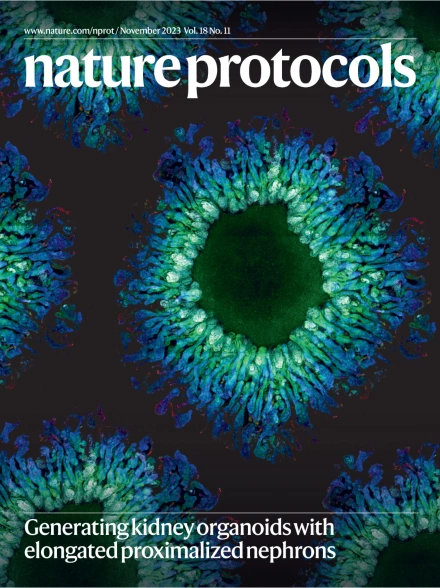
Exposure protocol for ecotoxicity testing of microplastics and nanoplastics
Despite the increasing concern about the harmful effects of micro- and nanoplastics (MNPs), so far, there exist no harmonised guidelines for testing the ecotoxicity of MNPs. An international research team with IGB has now developed protocols to assess the toxicity of these substances in soil and aquatic ecosystems.



